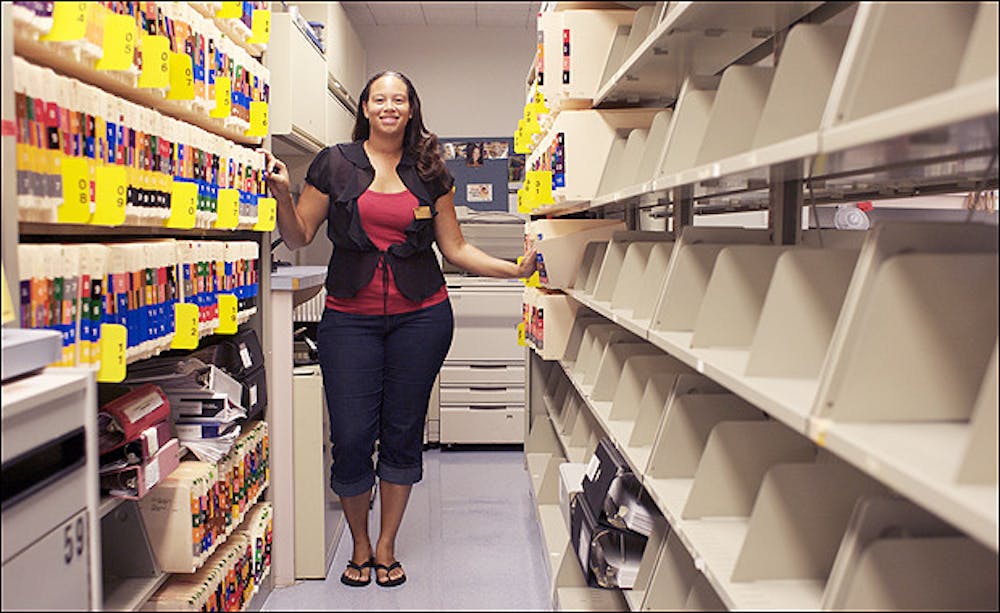ASU health centers are phasing out paper medical records in an effort to cut costs and become more efficient, officials from the College of Nursing and Health Innovation said.
Denise Link, associate dean for clinical practice, said program workers are currently implementing the CarePass electronic health record system, which should be in place by October or November.
The system e-mails or text messages subscribers to remind them about appointments as part of a larger effort to go paper-free and is one component of GE Centricity, the new ASU health center organizational system.
This is the first academic year the system is in place, Link said, as the college began the second phase of its transition into electronic-only health records this summer.
“What [GE Centricity] does, first and foremost, is increase safety,” she said. The program allows doctors to have patient history on hand and protects files from physical destruction, she said.
The Institute of Medicine published a series of documents that said it wanted to reduce errors in the health care industry by providing health records online, Link said.
The two-phase installation of the electronic system began in December when campus health officials started putting personal information into the system, she said.
“Access to patient information is … enhanced by having that record electronically,” Link said. “It’s portability, it’s convenience, but again, it always goes back to the safety issue.”
Link explained that patient information, which is normally recorded through paperwork in waiting rooms or by health center doctors and nurses, is now stored on a server.
Patient history, allergy and medication information, which is normally stored in file folders, can now be stored electronically. This makes it possible for doctors to look up a patient’s health information quickly and even from home or other places outside of the office, Link said.
“It enhances the discussion between the person and their health care provider,” she said. “It’s not only a way to store information about a person’s health, but also a way to organize the person’s health care.”
The program works within all five health centers on ASU’s campuses, Link said. It provides information about the latest studies and research so health professionals can see the new evidence on an issue and then make a decision about what medications to prescribe their patients.
Paper files are more easily accessible to unauthorized personnel, Link said, and there is no way to tell if somebody has another person’s files. The electronic system, on the other hand, provides a time-stamp whenever anyone views certain information, she said.
“Health care is not black and white … there are guidelines and research,” Link said, adding that no system is foolproof.
The new electronic health system will hopefully be safer and more cost-effective, Link said, and used the example of victims of Hurricane Katrina who had their medical information saved online.
Paper files that were lost in the hurricane could only be retrieved if they were also saved on a system like the one now in place at ASU.
Dr. Allan Markus, director of ASU Campus Health Services, said privacy and security is better protected in an electronic system than the traditional paper files.
“Here at ASU, we have multiple backup systems,” he said, which can withstand situations that normal paper files cannot.
Markus said another important part of the electronic filing system is sustainability.
The health center at ASU has reduced its use of paper charts since the University decided to move to online records, he said.
Nursing sophomore Kelsey Brownlow said there are pros and cons to electronic health records.
“I think it’s a good idea as long as they let the patient know what’s going on,” she said, referring to the accessibility of the patient’s records online.
“It’s just kind of out there on the Web and people can definitely hack [into it],” she said.
Brownlow said despite the possibility of unauthorized people viewing information, she thinks the system is a good resource for doctors and patients alike, though safety precautions must always be taken when using an online system.
Reach the reporter at ndgilber@asu.edu.




